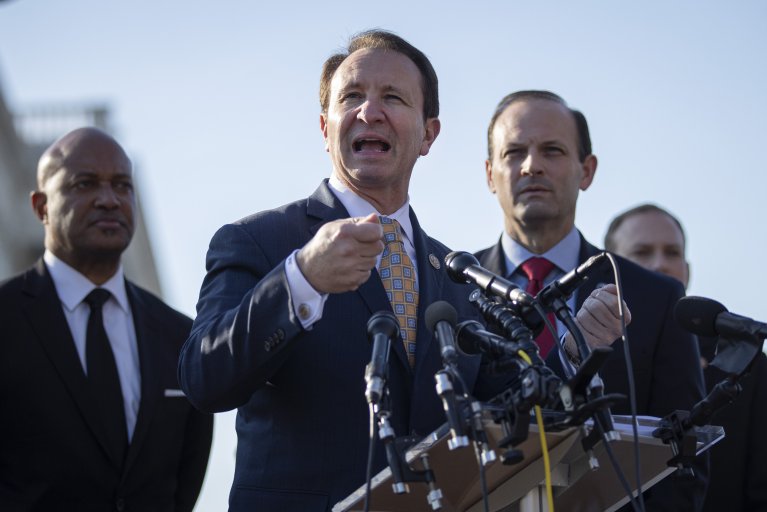The school year is off to a blazing start—literally.
High temperatures have stifled the early days of the school year in several cities, forcing some to dismiss students early or call off classes altogether to beat the heat.
Temperatures eclipsed 100 degrees in some areas of the Midwest and Northeast on Monday, and heat warnings and advisories were issued for several states, from Oklahoma to South Dakota to Ohio. Several schools in the Detroit area released students early on Monday—for some, it was the first day of the new school year.
Dozens of schools in Philadelphia were set to dismiss early Tuesday and Wednesday as temperatures were slated to soar into the 90s.
Many of the affected schools don’t have adequate cooling systems. A nationally representative EdWeek Research Center survey conducted in the summer of 2021 found that educators in the North (20 percent) were far less likely than educators in the South (88 percent) to report that all of their buildings had air conditioning, underscoring the stark regional divide in districts’ preparedness for increasingly common extreme heat.
Some other districts that didn’t release students early, such as Chicago, still canceled outdoor recesses and athletic practices. The heat wave was expected to move toward the South and East later in the week, according to The Associated Press.
The phenomenon is nothing new. Climate change has led intense summer heat to last well into the fall months and start earlier in the spring, notably in regions that aren’t used to hot weather. The 2023-24 school year started similarly for the Northeast.
Heat can interrupt learning and disrupt students’ emotional regulation
Unexpected closures to kick off the school year throw an early wrench into districts’ carefully crafted plans to begin classes strong and continue their work to offset the persistent academic regression students experienced in the wake of the COVID-19 pandemic.
There is widespread consensus among education researchers that the more time students spend in classrooms, the better, so missing instructional time, no matter the reason, can be consequential.
But what if the classroom is stiflingly hot?
Stuffy classrooms can hurt students’ ability to focus and learn. Students perform worse on tests when they’re hot, according to multiple studies by economists R. Jisung Park and Joshua Goodman, among others.
Heat can also make people more impulsive and less able to regulate their emotions and behavior, which could lead to increased conflict and bullying among students, researchers say.
Schools should prioritize HVAC upgrades now
To beat the heat in the short term, schools should make sure students have water bottles accessible to them at all times, install shades on windows, use more fans, and educate staff and students about the signs of heat exhaustion, experts say.
Longer-term, districts need to make the costly, but necessary, investments to bolster school infrastructure to withstand extreme heat. That could include updating heating and cooling systems and air filtration systems. One expert told EdWeek last year that 41 percent of schools need their HVAC systems updated or replaced.
It’s an investment that would add up to billions of dollars cumulatively in districts across the country, but could pay dividends in the years to come.
A report published in 2021 by the Center for Climate Integrity, a left-leaning environmental advocacy organization, estimated that 1,815 school districts—serving about 10.8 million students—will see three more weeks of school days with temperatures over 80 degrees in 2025 than they did in 1970.
Experts estimate the United States will see an increase of nearly a month’s worth of annual extreme heat days, with temperatures topping 90 degrees, by 2050 relative to 1976-2005, according to a recent report by the Center for American Progress, a liberal-leaning public policy and research organization. Much of the Southeast could experience an increase of 40 to 50 extreme heat days, according to the report.
The authors called on the federal government to provide heat safety guidance for children that schools can adopt, and expand data collection about school infrastructure so federal officials can take better stock of schools’ heat-related facilities needs.
Attorneys general from 13 states and Washington, D.C., in July called on the federal government to classify extreme heat as a major disaster, which would free up federal money from disaster declarations that local governments, including school districts, could use to prepare and respond.
Disclaimer: The copyright of this article belongs to the original author. Reposting this article is solely for the purpose of information dissemination and does not constitute any investment advice. If there is any infringement, please contact us immediately. We will make corrections or deletions as necessary. Thank you.







